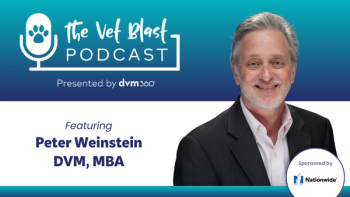
Are Veterinary Hospice Centers Prevalent?
Although veterinary hospice centers are sparse, a lot of the end-of-life care provided to patients can be done in the homes, says Kathleen Cooney, DVM, MS, CHPV, an animal hospice consultant.
Although veterinary hospice centers are sparse, a lot of the end-of-life care provided to patients can be done in the homes, says Kathleen Cooney, DVM, MS, CHPV, an animal hospice consultant.
"Veterinary hospice centers are very few and far between. There are only a couple at this point in 2018 that I'm aware of.
But as we think of within human hospice, it's either hospice is carried out in the home or its carried out in a hospice facility where patients go to die. As we know in human hospice, there's not really the option of euthanasia the way that we have—I know that's changing, but not quite to the extent that we have in veterinary medicine. So facilities are very few and far between in veterinary medicine and rightfully so, simply because a lot of the care that we do in end-of-life is in the home setting or in the clinic setting just for treatments, for rechecks, to provide some therapies but then most of the care will be provided in the home.
Now that's not to say that hospice facilities aren't going to start to pop up more in veterinary medicine, where animals can go there to actually you know achieve the end of their life besides euthanasia. I don't know, it remains to be seen. However, when we talk about hospice facilities it's usually those facilities that are just geared towards the hospice model of care where they can provide amazing compassionate care but not necessarily where the animal goes there for a natural death."
Newsletter
From exam room tips to practice management insights, get trusted veterinary news delivered straight to your inbox—subscribe to dvm360.



